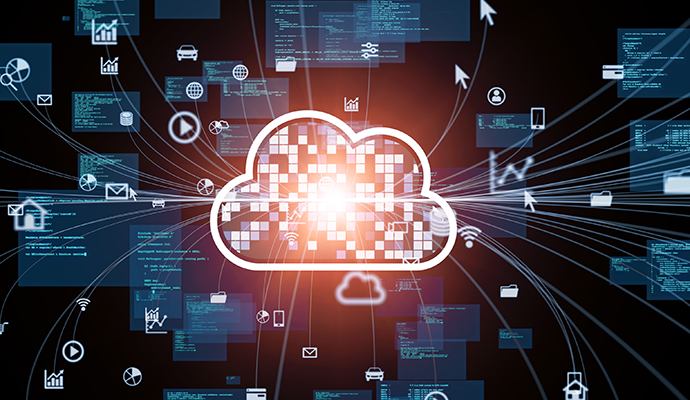The supply chain is now more brisk and effective than ever thanks to digital change. With production centers located in several nations, it has gone global, the satisfying customer wants all over the world. Supply chain management has become more difficult as a result of the extensive ecosystem of suppliers, distributors, manufacturers, retailers, and other parties. Additionally, the expansion of geographically & politically varied surroundings has led to a steady stream of new regulatory requirements, local difficulties, dangers, and possibilities for businesses. Supply chain managers require record levels of openness if they are to be able to obtain real-time information on all supply chain factors. Managers who really can achieve traceability throughout their supply chains would be able to spot disruptions, guarantee the quality, spot strategic opportunities, react quicker to demand changes, streamline inventory, manage risk better, supply chain track and trace and lower the risk of delays as well as disruption—all while maintaining lower budgets than ever. The capacity to identify and follow a product’s whole chain of movement at every stage as it moves through the supply chain and toward the final customer is known as traceability. It covers everything from the location of the raw materials through the different indirect suppliers, the production process, and the final products.

What Makes Traceability Important?
Traceability was first required by legislation, particularly in sectors like food and beverage where requirements for conformity were becoming quite strict. Having traceability in place makes it much easier to comply with regulations in a global supply chain that has diverse regulatory requirements at different points along the chain.
Traceability is also crucial for controlling disruptions, particularly when it makes predictions based on past data and algorithms about where delays can occur, where monitoring is required, and what actions should be taken to reduce certain risks. In supply chain management, the danger is an everyday reality: encompassing everything from raw-material shortages, missing items, and shipment delays to interruptions due to political strife or labor unrest. Companies learned the value of knowledge during the pandemic when their supply chains were destroyed and they needed to act quickly to reduce risk, create backup plans, and anticipate future danger.
Sustainability, a goal that supply chains all across the world are pursuing, is supported by traceability. Businesses and customers want to understand that the items they purchase are sourced sustainably, including where they come from and the kinds of procedures and policies that went into the decision-making process. Understanding where resources like electricity and water were wasted or where the greatest carbon impact is throughout the supply chain will help minimize both of these. Companies that track sustainability are in a position to aspire for a zero-waste supply chain, supply chain track and trace well before environmental regulations demand it. Traceability also lays the groundwork for environmentally friendly actions like widespread recycling and the creation of recycling and reuse.



